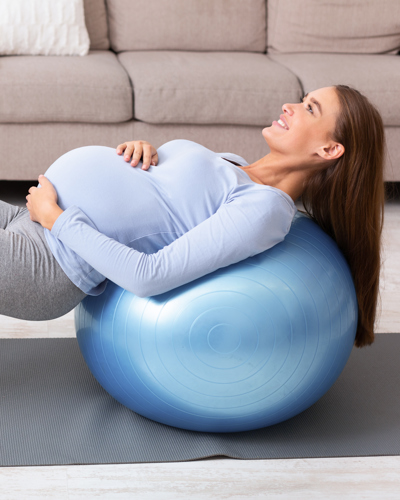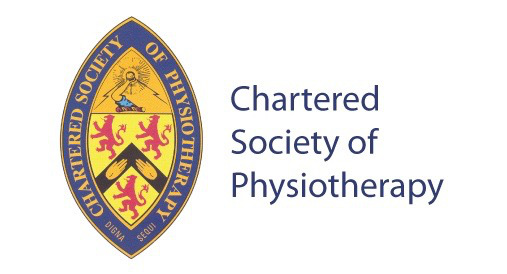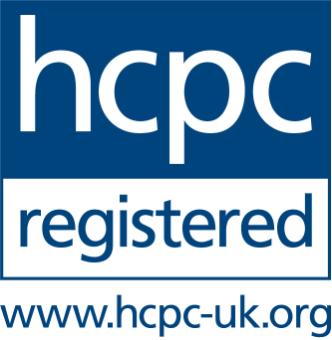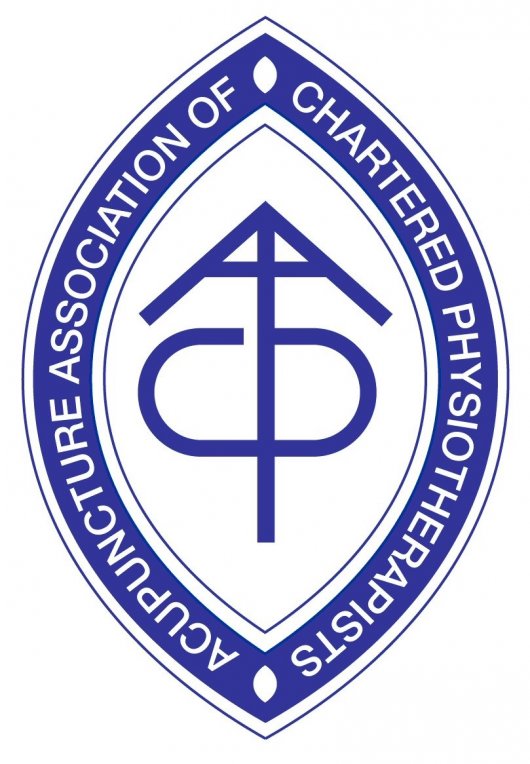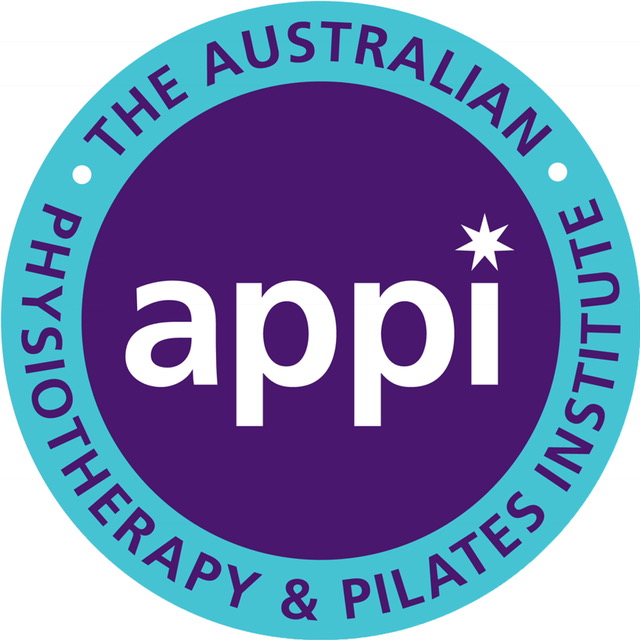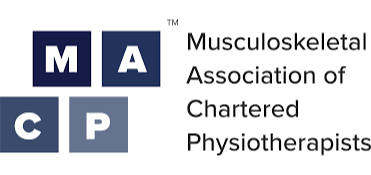Pregnancy Related Pain Part 2
Pregnancy Related Pain Part 2
In Part two we consider ways to manage your pain including activity modification and exercise.

Activity Modification
We finished part one of the blog by discussing activity modification and attempting to shift exercises that require single leg movements to double leg.
Here are some examples
- Sit and lie in a neutral pelvic position, so your pelvis can distribute load more evenly and not
stir up a certain side. - Sit with your lower back supported, stop crossing your legs, and put a pillow between your legs when lying down. Particularly important to modify if you have a sitting-based job.
- Sit down to get dressed/undressed – this doesn’t make you an old lady, it makes you a smart
lady. - Learn how to turn “like a lady” – when switching sides in bed, keep knees together and bum
shuffle. Takes longer, but necessary. - Get out of bed by edging over to the side, knees together, let feet come over the bed and
use you arms to push you up. Robotic, but pain free. Repeat in reverse to get back into bed. - Sit on a plastic bag during car journeys so that you can swivel 90 degrees without taking legs
apart- importantly, you can then stand up on both legs rather than one! - Stop leaning on one leg when standing still – we all do it, but now is the time to notice it and
change it, as we’re also queueing more than ever before.
Some of these things may sound ridiculous in isolation, particularly if you don’t have a lot of pain during a particular activity. But, when used cumulatively and consistently, the result is that your pelvis suddenly isn’t having to deal with a lot of aggravating factors throughout the day. This will settle down the sensitivity of the soft tissues and can have a significant effect on your pain levels. This is particularly difficult to understand if your pain is OK during the day, but then much worse in the evening/through the night - you are almost definitely doing something during the day that is then having an effect later on, you just need to find out what that is.
As I mentioned before, it is very difficult to unpick your daily demands and activities without discussing it, in depth, with someone who knows what they are looking for and can give you individualised and realistic advice about the measures you are going to have to take to ensure some positive changes. But starting simple, with the advice in the linked booklet and on this blog, and trying to apply a consistent approach with this will be the best place to start
What Exercise Can I Do?

Exercise is the cornerstone of most physiotherapy treatments and is vitally important to include in the treatment of PGP too. As I mentioned earlier, the soft tissues that act on the pelvis have
significantly increased demand when you are going through pregnancy and there are often imbalances that occur.
The most common example of this is the relationship between the gluteal muscles (your butt) and the adductors (your inner thigh muscles). Put simply, these muscles act as a “force couple” – they
should work synergistically, and balance each other out. For complicated reasons; sometimes one half (normally the glutes) of the couple starts to become a bit lazy, not doing the jobs that they normally do. The other half of the couple (normally the adductors) have to then pick up the slack to ensure the pelvis still has some stability, and can become overactive and painful. When you LOOK at where these muscles attach onto, it becomes clear why this can be feeding into some of the most common symptoms of PGP- see blue arrows below.
Luckily, help is at hand! Over on our Instagram page, we have a little gluts circuit here that would be a good place to start working on your hip strength (numbers 3, 4 and 5). Please bear in mind that some exercises can feel a little provocative to begin with, but should be no more than mildly uncomfortable. This is why exercises should always be prescribed to you by a physiotherapist, as they should be specific to your body and demands.
The pelvic floor muscles also have a role to play in PGP. The pelvic floor muscles attach all around the pelvis, and are responsible for more than just continence. They are an important part of the core muscle unit, and if you are able to use them properly, they can provide the pelvis with more much-needed stability. It is also well-documented that ladies who perform their pelvic floor exercises regularly during pregnancy, will have a better pelvic floor function post-natally.
Gently starting to switch these muscles on and off will also generally help with an overactive pelvic floor as a starting point- so there’s really no negatives here on getting started with the basics. A good Youtube resource for beginners you can find here. An important caveat: if you have any issues with continence, it is always best to have a pelvic floor assessment with a qualified physiotherapist before starting any program, as these rehab programs should always be very individual and specific to your needs to be truly effective.
Summary
To summarise; applying consistent activity modification to reduce your cumulative aggravating factors (which you may not be always be aware of) should have a significant effect on your pain. Certain exercises will also really help, but I cannot stress enough that this is always best to be guided by a physiotherapist, who as well as helping you to understand your specific risk factors and aggravating activities, can provide you with an individual rehab program so that you can get the best results. So, once you have read the booklet, you can start to implement your activity changes to reduce the pain, you can to gently switch on (and off!) both your gluts and pelvic floor muscles if you can do this comfortably by following the links provided. Do not wait to seek help – early intervention is always best, so don’t hesitate to get in touch with us for further help.
Here at LMC, Lauren has years of experience and specialist training in the treatment of PGP and will do her best to ensure your pregnancy is as comfortable as it can be. We will soon be offering more specific women’s health services, and we are currently running virtual ante-natal and post-natal Pilates classes. Please feel free to get in touch with any questions you may have or you can book an appointment to see Lauren here: https://lmcphysio.co.uk/book-now
